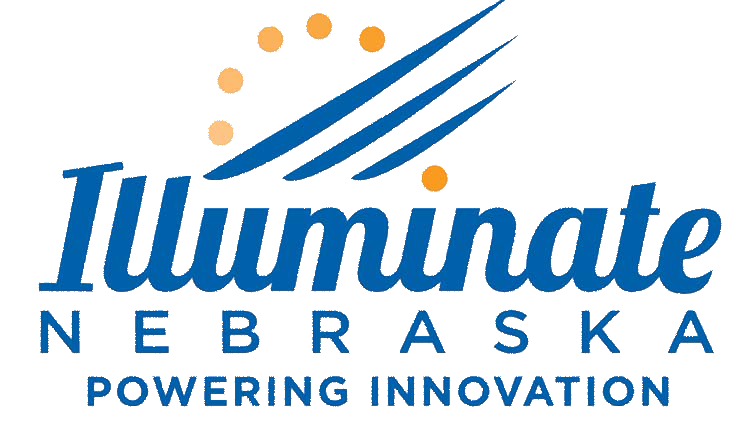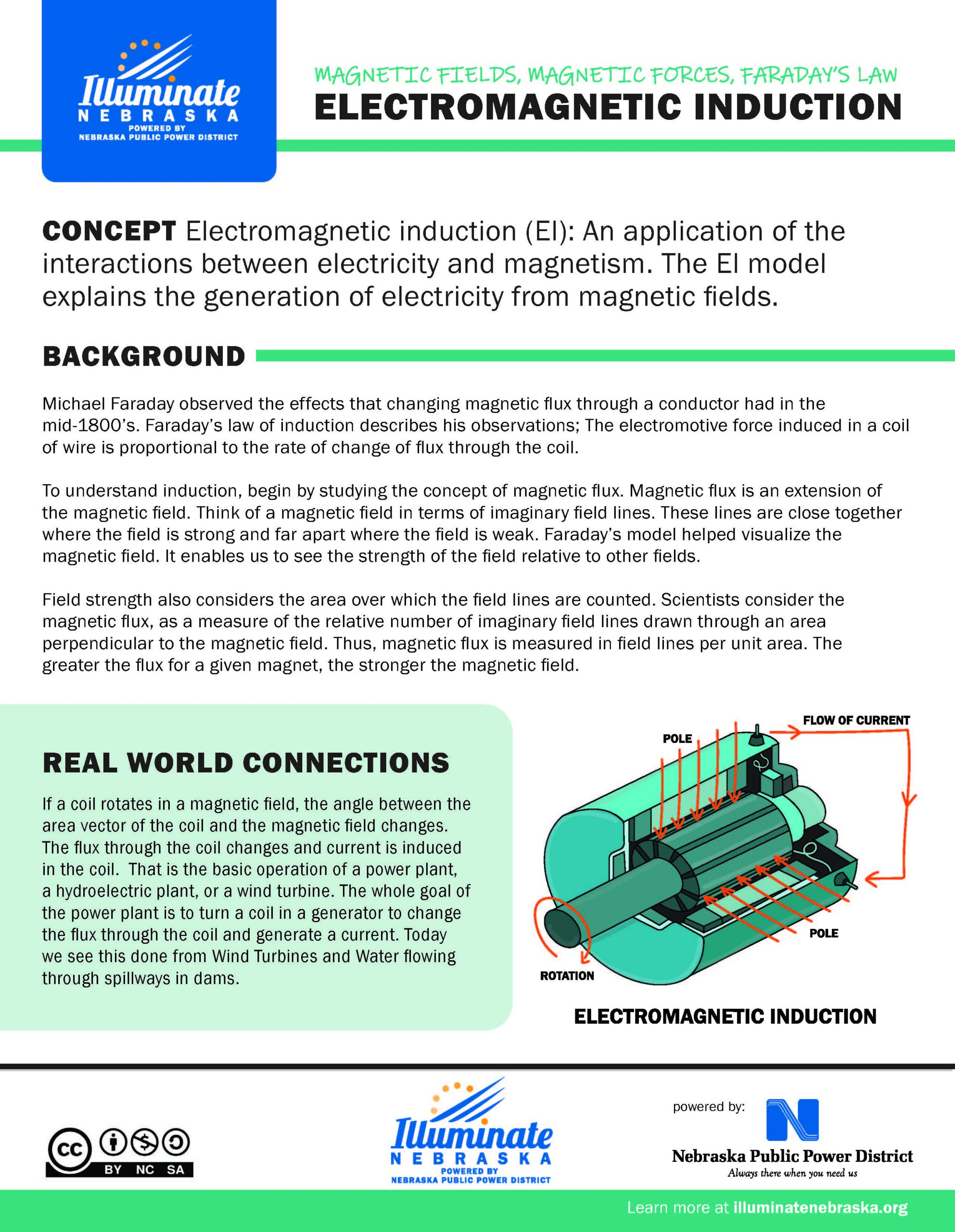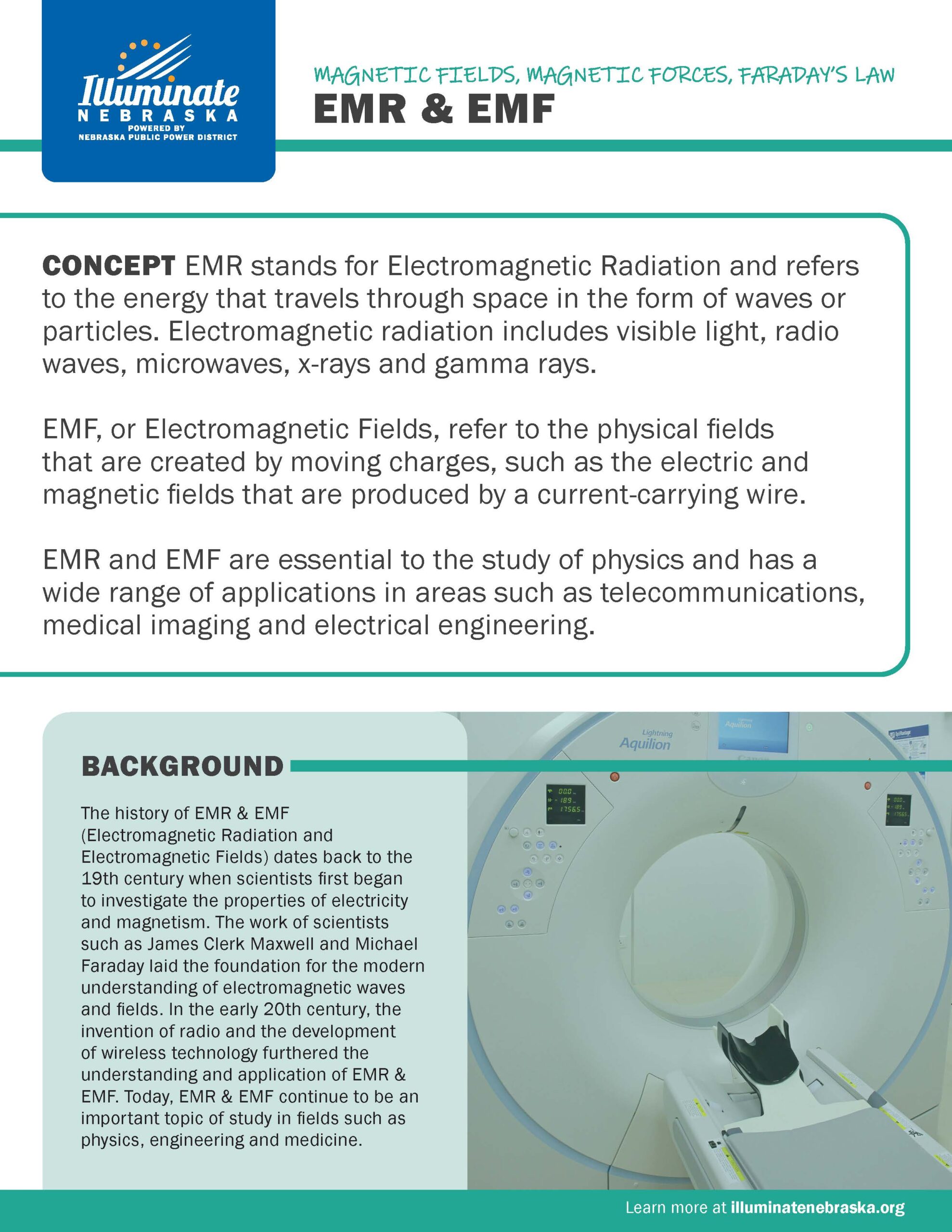Electromagnetic Induction
Electromagnetic induction (EI): An application of the interactions between electricity and magnetism. The EI model explains the generation of electricity from magnetic fields.
Wireless Charging
Wireless Charging, or Inductive Charging, is the transfer of power from a power outlet to a device without using cables. The charger often comes in the form of a puck, mat, or stand that connects to a power source. Wireless charging is most frequently used in smartphones, tablets and smartwatches.
EMR-EMF
EMR stands for Electromagnetic Radiation and refers to the energy that travels through space in the form of waves or particles. Electromagnetic radiation includes visible light, radio waves, microwaves, x-rays and gamma rays. EMF, or Electromagnetic Fields, refer to the physical fields that are created by moving charges, such as the electric and magnetic fields that are produced by a current-carrying wire.
Faraday Cage in the Field
The Faraday Cage is an enclosure made of conductive material, such as metal, that can block external electromagnetic fields and prevent their interference with electronic devices and systems. The Faraday Cage operates on the principle of electromagnetic shielding, where the conductive material creates an electric field that cancels out or reflects incoming electromagnetic waves, keeping the inside of the cage electromagnetically isolated from the outside.
Motor Basics
One of the important applications of electromagnetism is the electric motor. An electric motor is a device converting electrical energy into mechanical energy (generally a torque). The conversion is usually obtained through the generation of a magnetic field by means of a current flowing into one or more coils.





